My first experience of the MET was probably as daunting anyone's. It is a fairly colossal structure, hogging a whopping 13 acres of Central Park and just walking up the front steps can be tiring if not executed with care. The great hall is teeming with students, tourists and art aficionados alike and it takes some time to extricate oneself from the chaos in order to purchase a ticket.
It ain't cheap to get into this place either, $20 is the going rate for normal people (elderly, poor, students and homeless pay less than $10- hey I could be any of those!!!) What they don't tell you though is that $20 is the "recommended" fee, you could actually give as little as you wanted to, though I reckon you would have to endure a series of reproachful glares if you offered up anything under $5.
The fee entitles you to a cute little purple badge (which is easily attached to any item of clothing) which in turn entitles you access to explore the cavernous halls of the museum. (Please beware though that the cute little purple badge is not valid ever day thereafter- Museum security swooped down on me as I was casually/surreptitiously trying to enter the Greek and Roman Sculpture exhibit the following day)
A veteran MET goer wisely advised me to pick a single collection that I was interested in and to spend time in that collection alone instead of trying to see the whole museum in one trip. So after I saw The American wing, the European Paintings, The Lehman collection, Egyptian Art, Medieval Art, Modern and Contemporary Art, Arts of Africa, Oceania and the Americas, Musical Instruments and Ancient Near Eastern Art, I decided to settle on a slow and appreciate stroll through the area of Japanese Art.
This was, almost instantly, my favourite part of the museum. The entire collection is housed in a private enclave, tucked away from the freneticism of the rest of the museum. And as one enters this cocoon of silence, one gets the impression that this is an environment where some very serious art appreciation should be taking place.
The walls are lined with screens from 2 to 14 panels in length painted with scenes of life dating back over 500 years. The most impressive of all is Kano Takanobu's (1571- 1618) 12 panel folding screen in ink, gold and colour on gilded paper. It depicts a scene of The Emperor visiting some fisherman and the artist's attention to beauty is quite breathtaking. Takanobu's works are extremely rare and this is one of just a handful of his signed works, making it all the more exotic.
Another artist of interest is Shibata Zeshin (1807-1891). Zeshin studied under some of the greatest masters in Kyoto and as well as exhibiting his extraordinary talent in painting, he also went on to invent and perfect a technique called urushi-e, painting with lacquer. His increasing popularity prompted the Imperial Palace to comission much of the work he did and towards the end of his career he was made Japan's official representative to several international exhibitions, including Vienna 1894. Here, the West was exposed to his unique style of art and it is his work which has inspired much of the Japanese art traded in the West today.
After a lengthy ogling session, I came to the conclusion that I had found "my favourite" in the MET and that any longer there would blur my memories of these fine Japanese treasures with other works I had seen that day. I needed to evacuate quickly before I started reminiscing about Rembrandt's in Kimonos.....
http://www.metmuseum.org/press_room/index.asp
Subscribe to:
Post Comments (Atom)













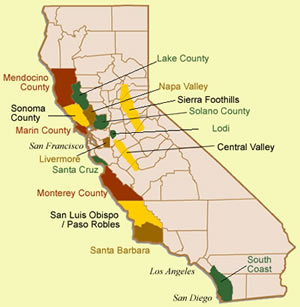





%5B1%5D.jpg)









%2520ZESHIN%2520JAPAN%2520SOCIETY%5B1%5D.jpg)












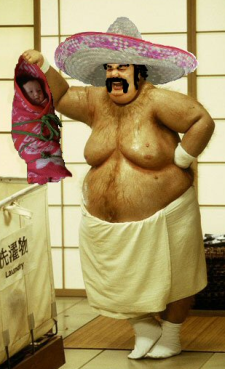





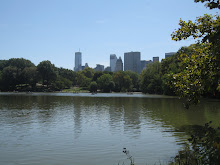


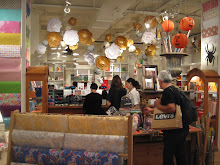
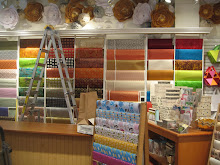
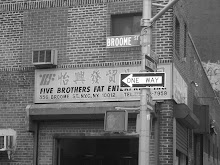




Kate your blog is fab, for someone sitting here in Namibia one week beofre their due date (which equals mind numbing boredom) it's great to read. I was smitten with NY the first time I went at 14 and every time since then. Thanks!
ReplyDeleteHeidi
thanks very much!!! very inspiring getting comments like that :)
ReplyDelete